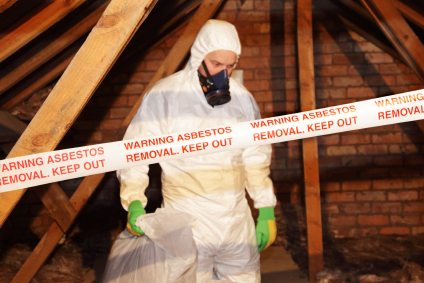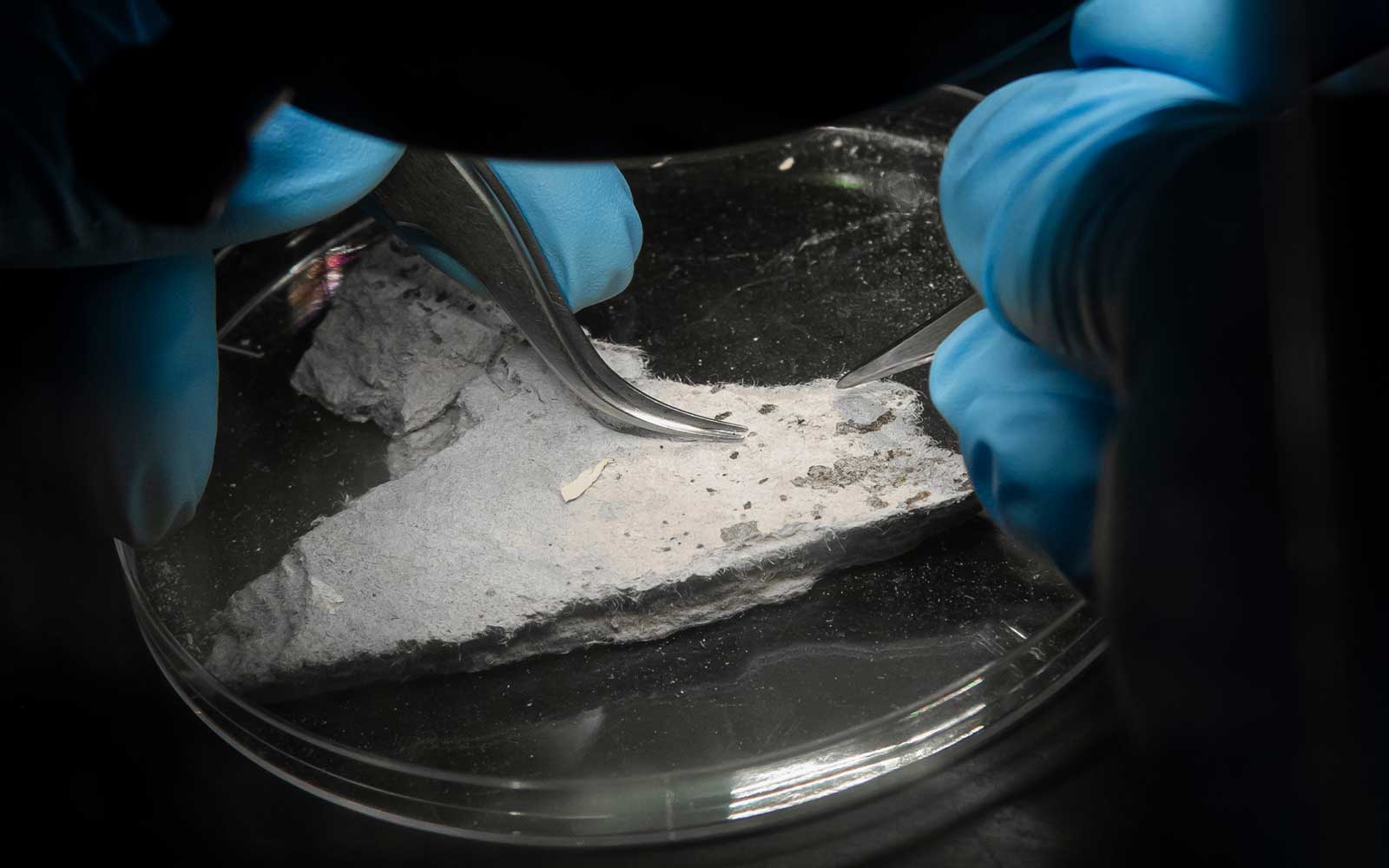Expert Asbestos Testing: Accurate and Quick Outcomes for Your Assurance
Expert Asbestos Testing: Accurate and Quick Outcomes for Your Assurance
Blog Article
The Full Process of Accredited Asbestos Evaluating to Make Sure Property Conformity
In the world of residential property administration and compliance, the process of recognized asbestos screening stands as an important component to ensure the safety and wellness of occupants. Comprehending the detailed actions associated with this screening procedure is paramount for homeowner and supervisors alike. From the preliminary assessment to the last interpretation of results, each stage plays a crucial function in establishing the existence of asbestos within a home. Let's check out exactly how this careful procedure unravels to assure adherence to strict regulations and protect against possible health and wellness dangers.
Accredited Asbestos Testing: Initial Assessment
In performing the preliminary evaluation for approved asbestos testing, a meticulous examination of the building's products is vital to accurately recognize prospective asbestos-containing materials. Unique attention is offered to materials that are vulnerable to damage or disruption, as these situations can launch damaging asbestos fibers into the air.
Recognized asbestos assessors follow rigorous procedures established by regulatory bodies to guarantee the precision and dependability of the screening process. By meticulously documenting searchings for and using innovative screening methods, assessors can supply residential or commercial property proprietors with a comprehensive report outlining the visibility of asbestos, if any, and the suggested steps for mitigation or elimination. This initial evaluation sets the foundation for subsequent activities to resolve asbestos problems and make certain the safety and security and compliance of the residential property.
Example Collection Procedures for Asbestos Checking
Reliable example collection treatments are necessary in making sure exact asbestos testing outcomes and compliance with regulatory standards. When gathering samples for asbestos testing, it is vital to comply with strict methods to reduce the risk of contamination and ensure the reliability of the outcomes.
Firstly, it is very important to identify the thought asbestos-containing products (ACMs) and focus on sampling areas based upon factors such as the product's condition, accessibility, and possibility for disruption. Asbestos Testing. Examples ought to be gathered from numerous areas within the residential or commercial property to give a detailed assessment of asbestos existence
Throughout example collection, certified experts need to wear suitable individual safety devices (PPE) to protect against asbestos exposure. They have to make use of tidy tools, such as disposable handwear covers and plastic sheet, to avoid cross-contamination between examples. Samples need to be meticulously collected making use of a specified strategy, such as wet cleaning or coring, and safely secured in impermeable containers to maintain their integrity throughout transportation to the lab for evaluation.
Laboratory Evaluation Refine for Asbestos Examples
Upon conclusion of the example collection procedure, the asbestos examples are thoroughly transferred to accredited laboratories for careful evaluation. At the research laboratory, trained service technicians take care of the samples with extreme like avoid any cross-contamination or sample deterioration. The initial step in the laboratory analysis process is sample preparation, where the gathered examples are carefully refined to remove the asbestos fibers. Asbestos Testing. This step is important to make certain accurate cause the succeeding analysis.

When the analysis is full, a thorough record is created, outlining the findings and verifying whether asbestos is existing, the kind of asbestos fibers recognized, and the focus degrees. This information is essential for homeowner to take the required steps to ensure compliance with asbestos laws and secure the health and wellness of occupants.

Coverage and Interpretation of Asbestos Test Results
Recognized asbestos screening laboratories provide comprehensive records that supply crucial insights into the presence, type, and concentration levels of asbestos fibers found in samples accumulated from buildings. These reports are essential for homeowner and supervisors to understand the risk positioned by asbestos and make notified choices regarding its monitoring or removal. The records commonly consist of details on the techniques made use of for screening, the areas from which examples were taken, the kind of asbestos determined (such as chrysotile, amosite, or crocidolite), and the focus degrees of asbestos fibers found.
Analyzing these results needs proficiency to assess the prospective health risks connected with asbestos direct exposure, identify the ideal training course of activity, and make certain regulative dig this compliance (Asbestos Testing). Relying on the searchings for, referrals may vary from continued tracking and upkeep to encapsulation or full asbestos reduction. Homeowner should thoroughly assess these reports and seek advice from asbestos experts to establish a thorough prepare for addressing any kind of asbestos problems identified
Making Sure Building Conformity With Asbestos Regulations
To maintain adherence with asbestos guidelines, residential property owners have to faithfully execute actions to make certain conformity with relevant legislations and standards. This consists of conducting regular asbestos inspections by recognized specialists to determine any kind of presence of asbestos-containing materials within the property. When asbestos is recognized, homeowner have to follow asbestos administration intends that outline appropriate control, removal, or encapsulation procedures to avoid direct exposure and spread of asbestos fibers. Compliance also includes maintaining detailed records of asbestos screening, upkeep, and removal activities for examination functions.
Residential or commercial property owners should offer asbestos awareness training to employees and description occupants to minimize the danger of asbestos exposure and guarantee appropriate handling of materials that may visit this website contain asbestos. In addition, it is crucial to remain educated regarding any type of updates or modifications in asbestos policies to adjust monitoring techniques as necessary. By proactively addressing asbestos conformity requirements, building owners can create a secure atmosphere for residents and mitigate possible lawful and health and wellness risks linked with asbestos direct exposure.
Conclusion
To conclude, approved asbestos testing is an important process for making sure property conformity with policies. The initial evaluation, sample collection procedures, laboratory evaluation, and interpretation of outcomes are very important steps in this process. By following these procedures, homeowner can identify and attend to any asbestos threats present, shielding the health and wellness of passengers and keeping conformity with governing requirements.
Report this page